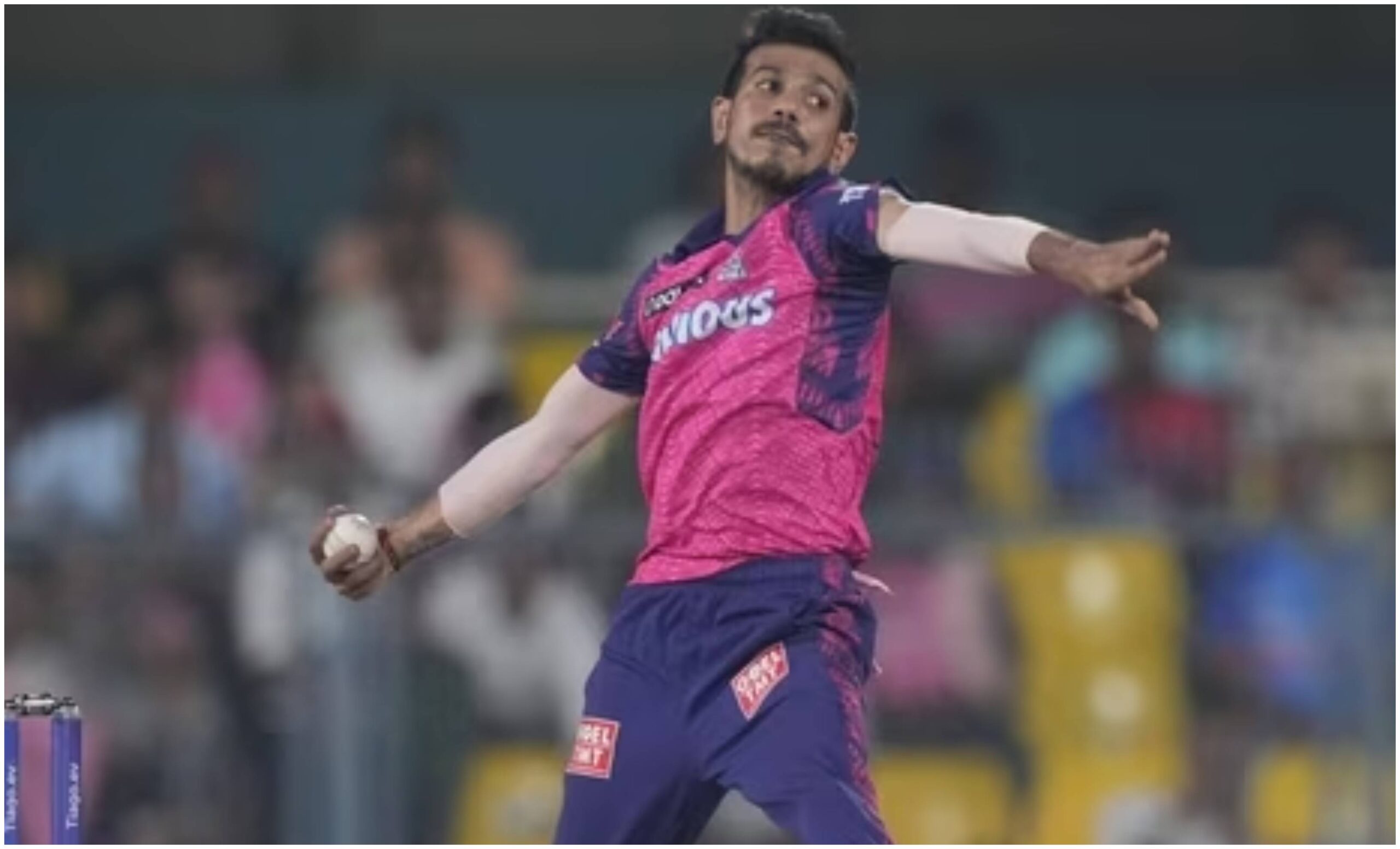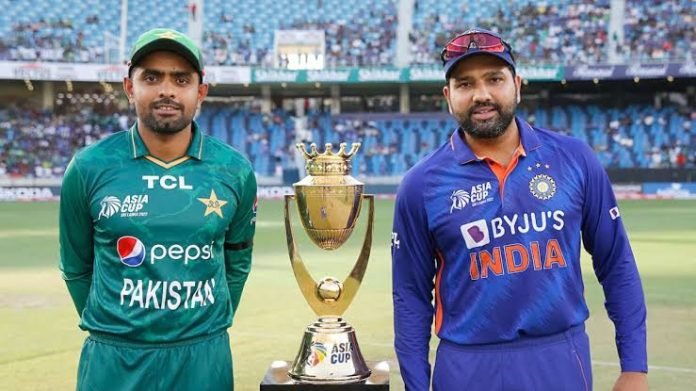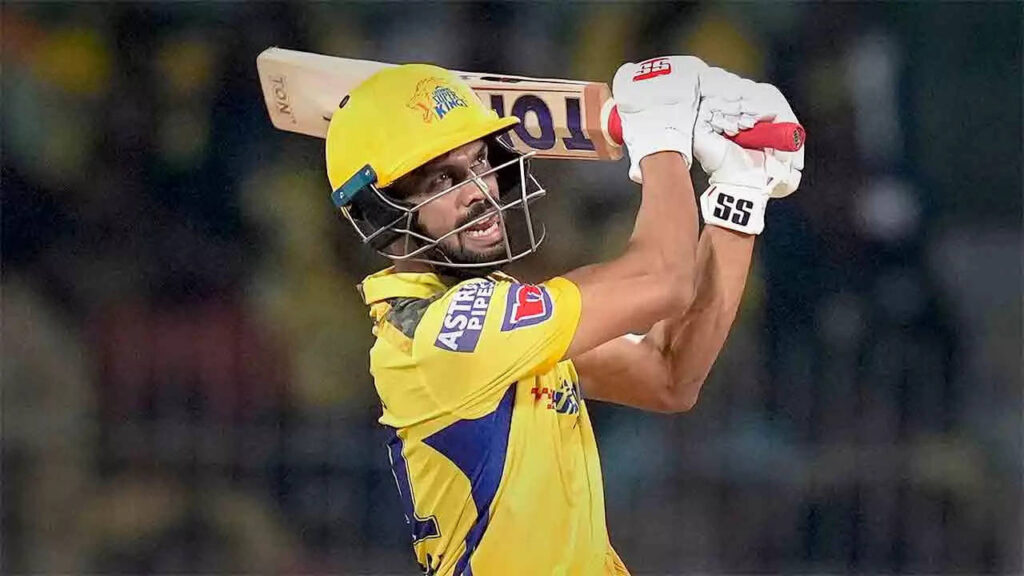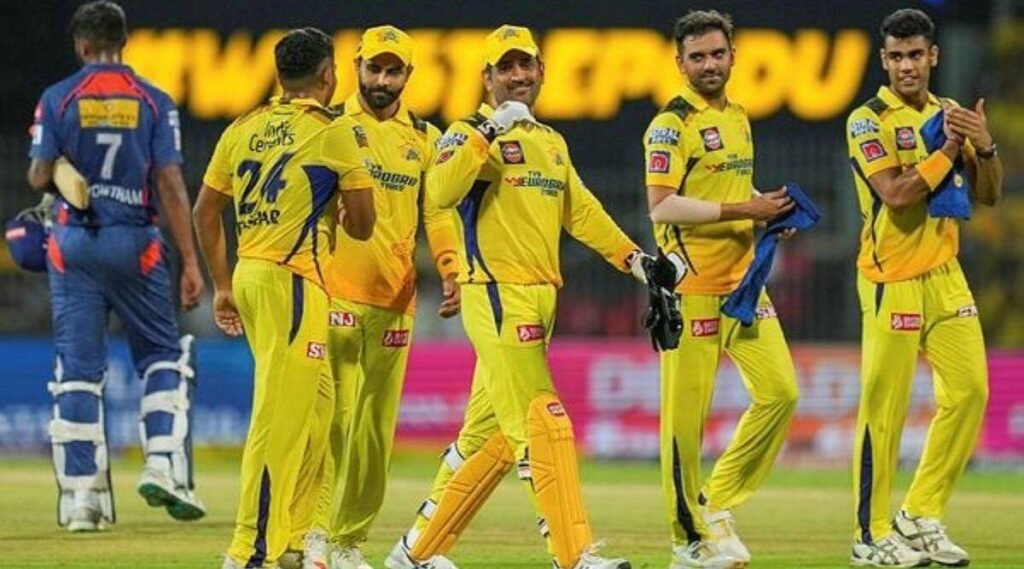This season, the Indian Premier League (IPL) instituted a new regulation called Impact Player that permitted clubs to utilise 12 players in a game as opposed to the previous limit of 11. After the coin toss, the teams may reveal their lineups and choose four substitutions. Then, to offer both teams an even greater advantage in the game, one of those four players is permitted to take the place of one player from the starting 11.
How teams make use of the Impact Player rule
In a game, the side that bats first calls the Impact Player to introduce a bowler while defending the total, and as a result, a batsman who was in the starting XI is removed from the game. Similar to this, the team bowling second replaces a bowler with the least batting potential with a batter.
The new rule provides us with two groups of Impact Players to analyse: those who entered as bowlers and those who entered as batters.
The analysis of the Impact Player – Bowlers is provided below.
Teams have employed a variety of bowlers at various stages, but fast/medium fast bowlers have been utilised most of the time as impact players, bowling 26 out of 45 times, while spinners have only had the opportunity to bowl 19 times.
The majority of the bowlers who have been replaced by Impact Players are also quick or moderately fast batsmen.
How have Impact Player – Bowlers performed in IPL 2023?
Teams have chosen to utilise a bowler as an impact player 45 times in the first 50 games of the IPL 2023 (2nd innings of the match), and the players who have entered the game have so far taken 39 wickets at a strike rate of 21.90. However, the bowlers who replaced the impact players in the first innings have taken 32 wickets in 45 innings at a strike rate of 27.
The bowlers have undoubtedly had an influence on the IPL thus far. Additionally, the number of times Impact Player – Bowlers have taken two-wicket or three-wicket hauls, their economy rate, and the role they played in the team’s victory are all indicators of their superior performance to bowlers who were already in the Playing XI.
The Impact Player: Bowlers have claimed eight two-wicket hauls and two three-wicket hauls. When an Impact Player gets two wickets in a game, the teams are able to win 50% of the games, or four times out of eight, but the same record is 100% when an Impact Player – Bowler takes a three-wicket haul.
Additionally, the bowlers that were replaced by Impact Players have only recorded one three-wicket haul and seven two-wicket hauls. When such a bowler obtains a two-wicket haul in this situation, the teams have only been successful in winning two out of seven times.
At 9.21 and 9.23, respectively, the economy rates of the Impact Player-Bowlers and the bowlers who were replaced by an Impact Player are practically identical.
The teams have actually triumphed more often — nine times — than they have lost — eight times — in the 17 out of 45 times when the Impact Player-Bowler has failed to grab a single wicket.
The bowler who was replaced by the Impact Players went without a wicket 20 times in 45 innings, and each time, the teams had a 50-50 win-loss record.
Fast bowler vs. Spinner: Which is better as an Impact Player?
There is one more side to the argument over whether to utilise a fast bowler or a spinner when deploying a bowler as an impact player. Let’s look at the data to better comprehend it.
Teams have chosen a spinner 19 times and a fast bowler 26 times out of the 45 times an Impact Player – Bowler has been employed. In terms of victories, the fast bowlers have been able to assist their side 19 times out of 26 while only losing seven games.
When used as an impact player, spinners have only contributed to a victory nine times out of a possible 19 times, and they have also lost 10 games.
Looking at the numbers, fast bowlers have taken 24 wickets in 26 games, conceding 772 runs in 74.2 overs at a strike rate of 18.2 and an economy rate of 10.41. The spinners, on the other hand, have only taken 15 wickets in 19 games, conceding 540 runs in 68.2 overs at a strike rate of 27 and an economy rate of 7.91.
Although it is obvious that fast bowlers have hit more frequently than spinners, slow bowlers have provided far fewer runs when utilised as Impact Players.
The fast bowlers hold an advantage over the spinners in taking two-wicket hauls in a winning cause since they have done it three times as opposed to the spinners’ one.
The bottom line
Both fast bowlers and spinners have strengths and weaknesses of their own. The teams have chosen a fast bowling Impact Player over a spinner, albeit the choice of which one to select ultimately relies on the surface, the amount of dew, and the playing XI of the other side.





